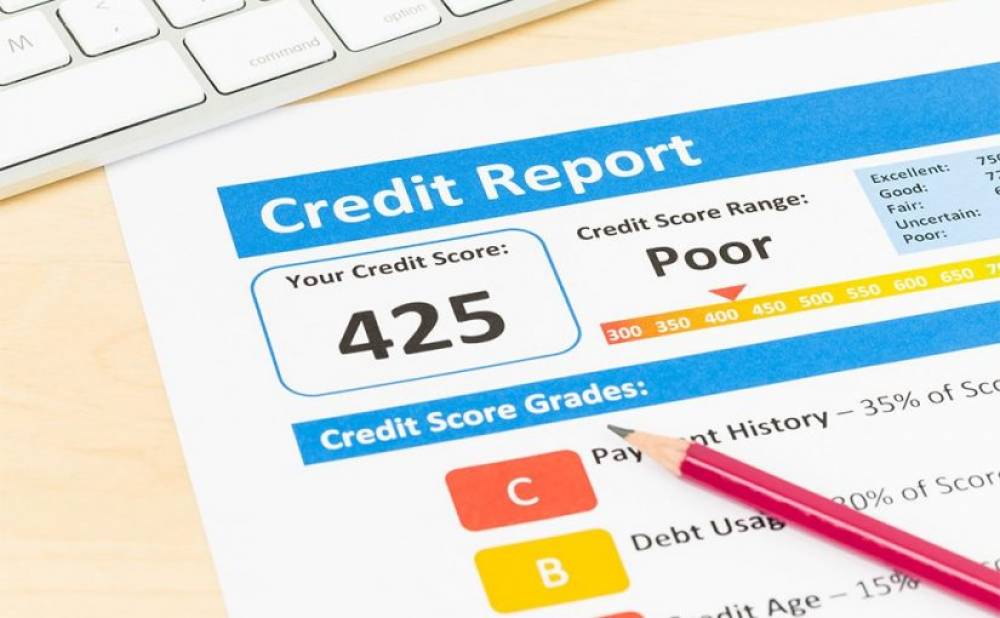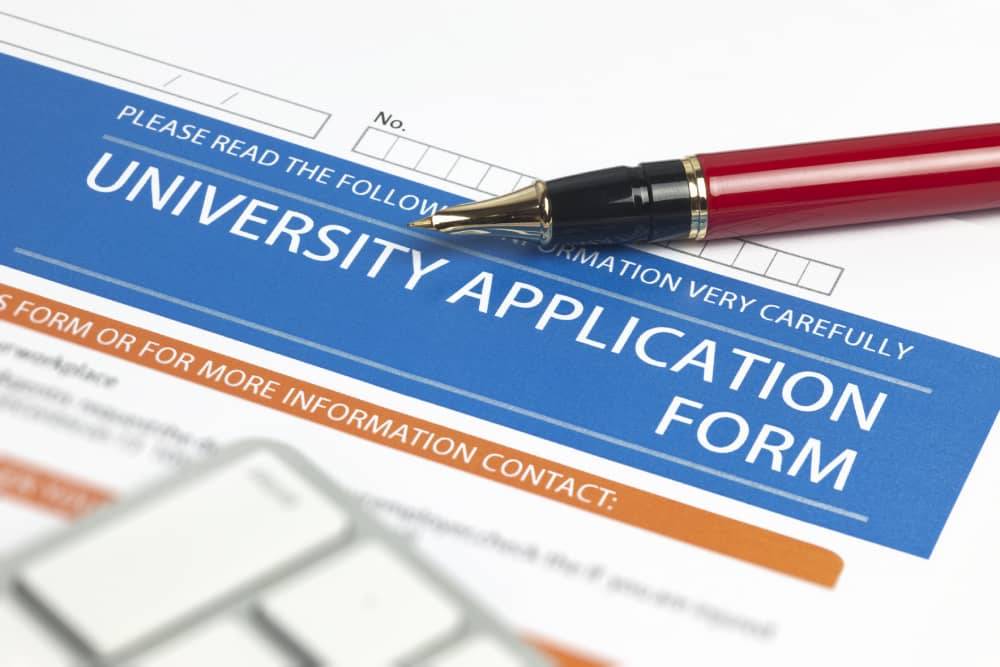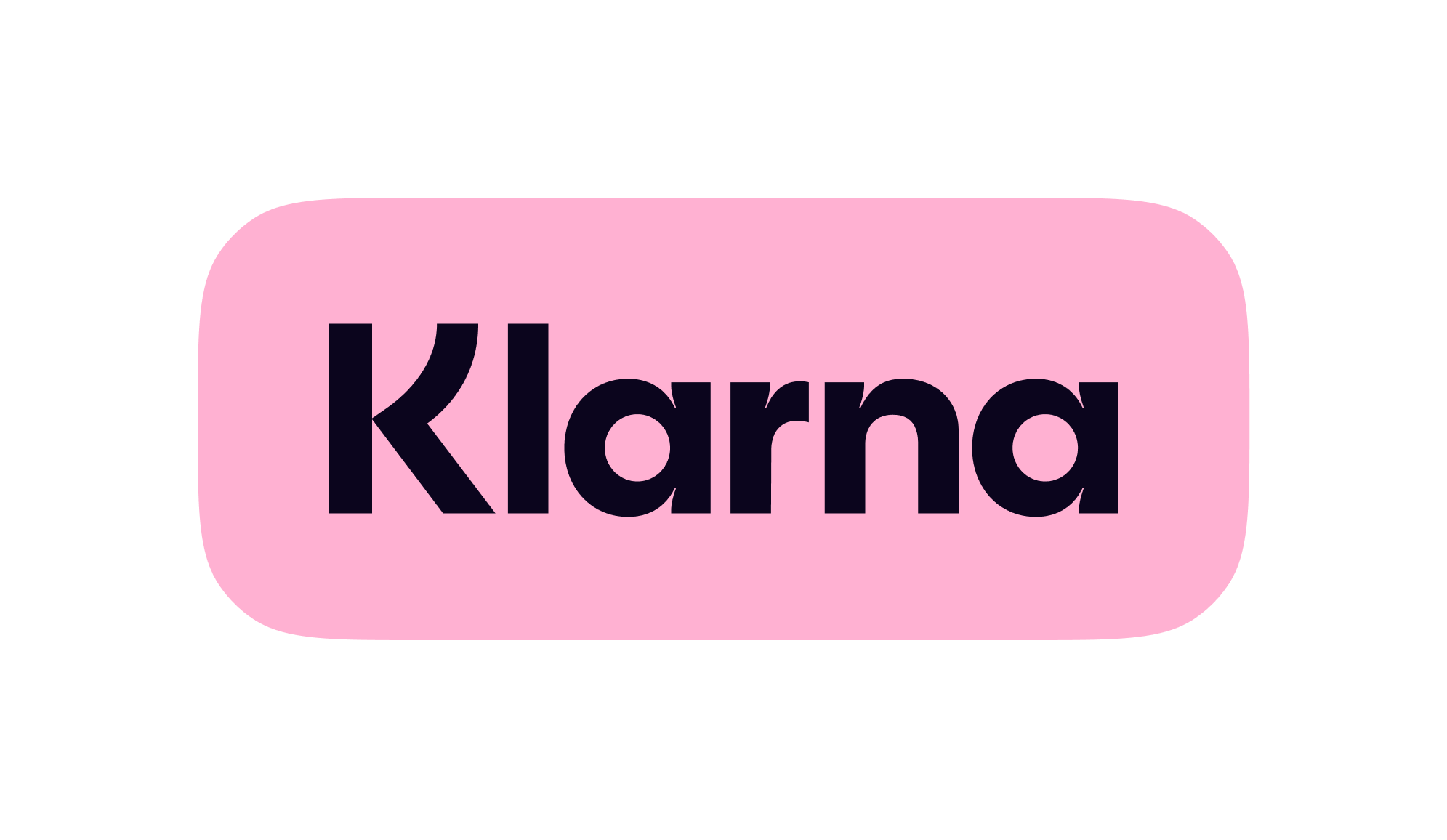Ask any recently discharged veteran and they will tell you that finding a job is high on their list of priorities. With a successful military career in the rear view, it is important for them to find a place in the civilian workforce and ensure a successful transition back to the “real world.”
But while the current veteran unemployment rate looks good on paper, it may not be telling the whole story.
Month after month, the U.S. Bureau of Labor Statistics (BLS) seems to paint a positive picture of the state of veteran job seekers. According to the most recent federal data, the veteran unemployment rate is 3.2 percent, which is lower than the non-veteran unemployment rate of 3.6 percent.
And, although the president was not entirely correct recently when he said the veteran unemployment rate is the lowest it’s been in nearly 21 years, BLS numbers indicate the rate has been on the decline in recent years.
However, while these numbers sound promising, there are a few asterisks required.
First, it is important to note that the sample size from which veteran unemployment data is collected is significantly smaller than the one used to determine overall unemployment numbers.
Basically, in terms of the total population of the United States, veterans still make up a relatively small number, so unemployment rate estimates for veterans are bound to be less accurate than those for non-veterans.
For example, the unemployment rate for post-9/11 veterans (5.1 percent) is actually higher than the rate for all veterans. And if we further segment that group to pinpoint those in the 25 to 34 age bracket, the unemployment rate is higher still (7.8 percent).
Second, BLS numbers do not take into account veterans who have not looked for a job in the last month, possibly due to disability or attending college; they include only those veterans who are currently working (including part time) or who are “actively” searching for work. Further, whether or not a veteran is working is determined by two key questions:
LAST WEEK, did this person work for pay at a job (or business)?
LAST WEEK, did this person do ANY work for pay, even for as little as one hour?
Which means an individual is considered part of the current labor force if, within the last week, they got paid for something as minor as mowing a lawn. (It is also worth noting that only five questions total are used by the U.S. Census Bureau to determine the current state of the nation’s labor force.)
Finally, and this ties in with the second point, federal data does not address the issue of underemployment. A recent study conducted by the Call of Duty Endowment and ZipRecruiter found that nearly one-third of veteran job seekers are underemployed, meaning they are currently employed in positions well below their skill and experience level. In fact, the veteran underemployment rate is 15.6% higher than that of non-veteran job seekers.
According to study co-author and former U.S. Army officer Phillip Carter, “Underemployment appears to disproportionately affect veterans, impeding their economic success after military service. However, current government statistics barely notice the underemployment phenomenon, and do not begin to constructively address it through improved training, job search and network programs, among other approaches.”
Like Carter, most veteran advocates agree that more could be done to address the issue.
There is a big difference between work and meaningful work, and experts believe the U.S. government can help by directing more energy toward helping veterans find high-quality jobs that are in line with their particular skills and expertise.
It all comes down to providing better resources, training and apprenticeship opportunities for transitioning veterans. This includes creating and cultivating partnerships with nonprofit organizations and private companies to better match the skills of departing servicemembers with employers in need.
As it stands now, only certain states allow private employers to give veterans preference when hiring for open positions, but that could change if those employers had greater support from the government.
Before you start your job search, make sure you have your DD214.
You will need it to provide proof of military service, and you don’t want to miss out on veteran-specific benefits or opportunities because your DD214 is lost or you never received it. Now is a good time to get your paperwork in order and make sure you have everything you need to make your transition as smooth as possible.
Veteran-owned DD214Direct helps you get the documents you need, when you need them.
Our cutting-edge technology platform and keen knowledge of government protocol and procedure allow us to deliver your documents faster than competitors. We physically stand in line at the records repository and manually coordinate your order, freeing up your time and easing your worries about whether or not you will get your DD214. Much like paying a small fee to have your taxes done by a professional, DD214Direct provides the service and convenience you’ve been hoping for, plus we make it a lot easier.
Instead of having to download, print, sign and fax your document request form, you can submit your order directly through our website with the ease of e-signature technology from a desktop, laptop or mobile device. Once we locate your DD214, we will email you a copy immediately—a service not offered by the government. And tracking your request through us is simple, so you never have to worry about long hold times and inconclusive answers.
Ready to get started? Click here to begin the order process.















